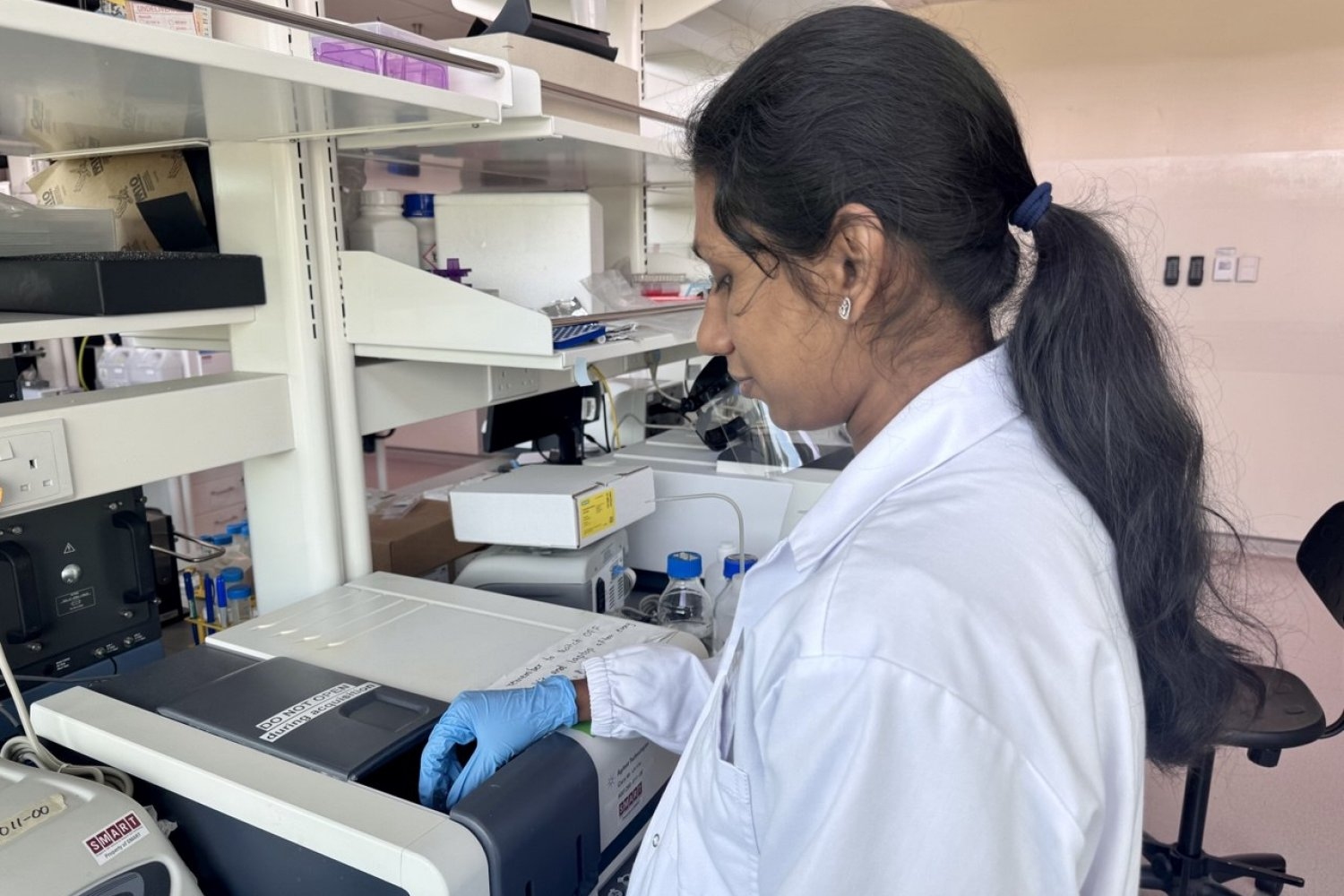
Cell remedy represents a promising new frontier in medication, particularly in treating illnesses comparable to cancers, inflammatory illnesses, and persistent degenerative issues by manipulating or changing cells to revive operate or struggle illness. Nonetheless, a significant problem in CTP manufacturing is shortly and successfully making certain that cells are free from contamination earlier than being administered to sufferers.
Current sterility testing strategies, primarily based on microbiological strategies, are labor-intensive and require as much as 14 days to detect contamination, which might adversely have an effect on critically unwell sufferers who want fast remedy. Whereas superior methods comparable to speedy microbiological strategies (RMMs) can scale back the testing interval to seven days, they nonetheless require complicated processes comparable to cell extraction and development enrichment mediums, and they’re extremely depending on expert employees for procedures comparable to pattern extraction, measurement, and evaluation. This creates an pressing want for brand spanking new strategies that supply faster outcomes with out compromising the standard of CTPs, meet the patient-use timeline, and use a easy workflow that doesn’t require extra preparation.
This technique presents vital benefits over each conventional sterility exams and RMMs, because it eliminates the necessity for staining of cells to establish labelled organisms, avoids the invasive means of cell extraction, and delivers ends in underneath half-an-hour. It gives an intuitive, speedy “sure/no” contamination evaluation, facilitating automation of cell tradition sampling with a easy workflow. Moreover, the developed technique doesn’t require specialised tools, leading to decrease prices.
“This speedy, label-free technique is designed to be a preliminary step within the CTP manufacturing course of as a type of steady security testing, which permits customers to detect contamination early and implement well timed corrective actions, together with using RMMs solely when attainable contamination is detected. This method saves prices, optimizes useful resource allocation, and in the end accelerates the general manufacturing timeline,” says Shruthi Pandi Chelvam, senior analysis engineer at SMART CAMP and first writer of the paper.
“Historically, cell remedy manufacturing is labor-intensive and topic to operator variability. By introducing automation and machine studying, we hope to streamline cell remedy manufacturing and scale back the danger of contamination. Particularly, our technique helps automated cell tradition sampling at designated intervals to verify for contamination, which reduces guide duties comparable to pattern extraction, measurement, and evaluation. This permits cell cultures to be monitored repeatedly and contamination to be detected at early levels,” says Rajeev Ram, the Clarence J. LeBel Professor in Electrical Engineering and Laptop Science at MIT, a principal investigator at SMART CAMP, and the corresponding writer of the paper.
Transferring ahead, future analysis will concentrate on broadening the appliance of the tactic to embody a wider vary of microbial contaminants, particularly these consultant of present good manufacturing practices environments and beforehand recognized CTP contaminants. Moreover, the mannequin’s robustness will be examined throughout extra cell sorts aside from MSCs. Past cell remedy manufacturing, this technique will also be utilized to the meals and beverage trade as a part of microbial high quality management testing to make sure meals merchandise meet security requirements.


